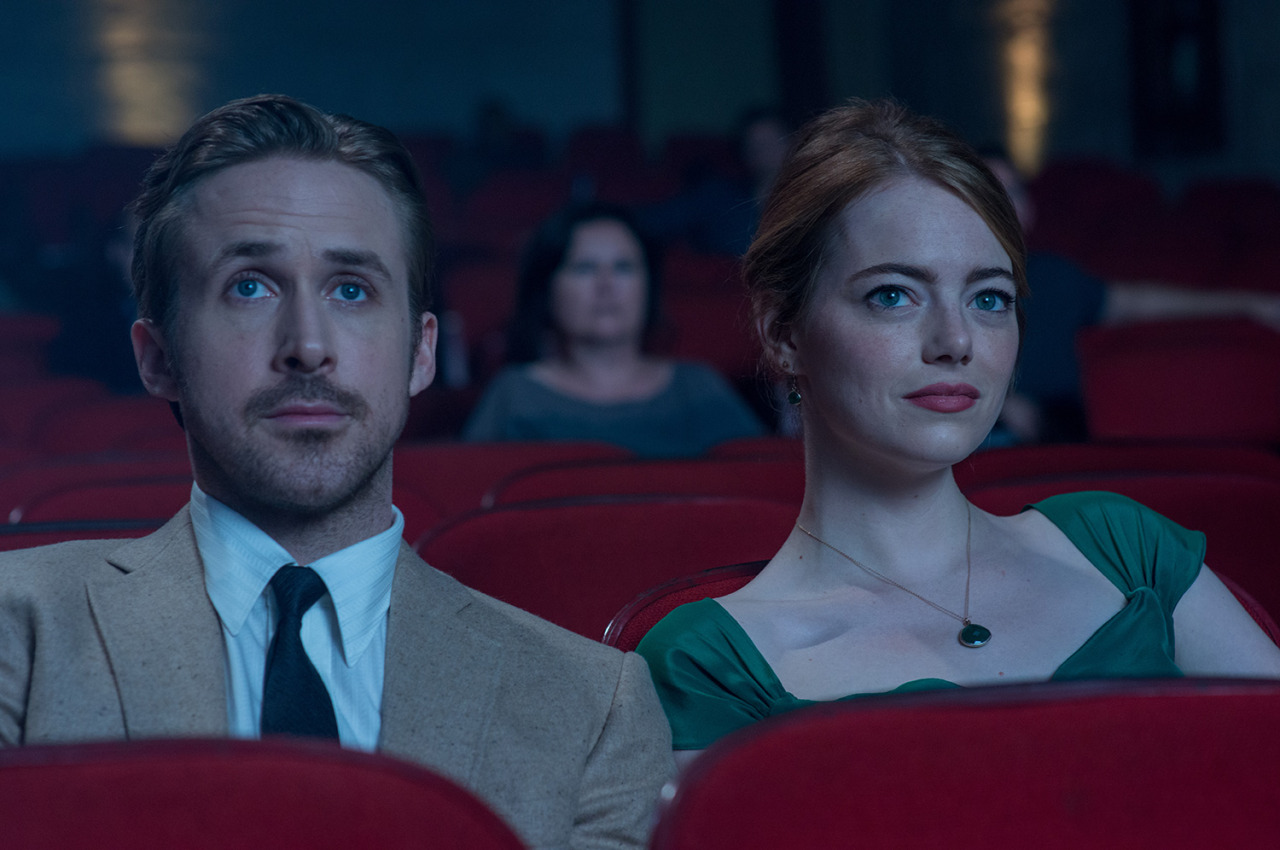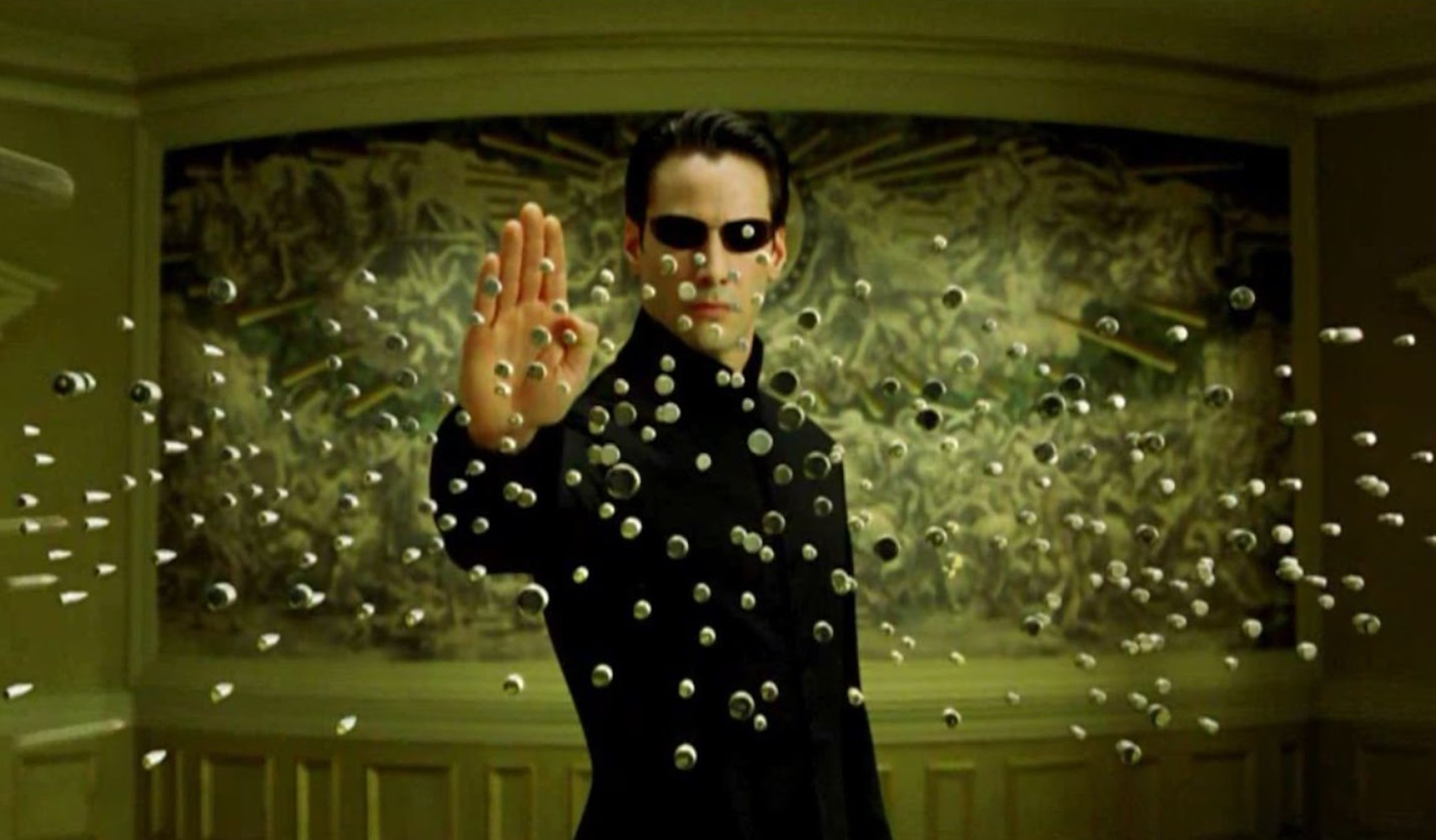The music industry has always been a stage for bold statements, evolving trends, and the redefinition of cultural norms. Yet, even in 2025, the open embrace of sexuality by female pop artists continues to spark debate. Artists like Sabrina Carpenter and Taylor Swift have found themselves at the center of conversations about empowerment, artistry, and societal double standards. Despite decades of progress in gender equality, the question remains: why is sexual expression still a source of controversy when it comes to women in pop music?
The contemporary age places a higher value on uniqueness and sincerity than at any previous time. Social platforms enhance artists’ opportunities to interact directly with their audience, sidestepping conventional intermediaries. Ideally, this autonomy would enable women to showcase themselves without the apprehension of criticism. Yet, the public’s response to music videos, live shows, and album ideas that include elements of sensuality indicates an ongoing unease. It appears that society approves of women being self-assured and autonomous—up to the point where this self-assurance is expressed through sexuality.
For many, sexual expression in music is not just about entertainment but also about challenging deeply ingrained cultural narratives. When a female artist chooses to portray herself as sensual or provocative, the discussion often shifts from her talent to her morality. While male performers rarely face the same scrutiny for similar behavior, women encounter assumptions that their artistry is diminished by their sexual expression. These assumptions reveal how traditional gender expectations persist, even as pop culture claims to celebrate liberation.
Sabrina Carpenter is a clear example of this complex dynamic. Known for her catchy pop melodies and relatable lyrics, she has recently incorporated bolder imagery into her work. Photoshoots, performances, and music videos featuring sensual styling have sparked mixed responses online. Some applaud her for embracing her identity as an adult artist, while others question whether her evolution signals a “loss of innocence.” These reactions echo criticisms aimed at countless women before her, from Madonna in the 1980s to Britney Spears in the early 2000s.
Taylor Swift faces similar scrutiny, though her approach to sexuality is often more subtle. For years, Swift’s public image revolved around storytelling and emotional vulnerability rather than overt sensuality. However, recent projects suggest a willingness to explore themes of intimacy and physical desire in her music. While many fans embrace this as a sign of artistic maturity, critics are quick to dissect her choices, analyzing lyrics and performances for signs of “pushing boundaries.” The fact that such conversations still dominate headlines illustrates how society continues to wrestle with women who own their sexuality in public spaces.
The feedback that women in the arts encounter isn’t confined to conventional media outlets. Digital platforms enhance each viewpoint, forming echo chambers where discussions on ethics, feminism, and commercial purposes flourish. Just one photo or line can spark prolonged discussion on TikTok, X (previously known as Twitter), and Instagram. Although many of these discussions feature advocates of empowerment, they also reveal the ongoing presence of moral scrutiny. In this digital era, the disparities are amplified, turning every artistic choice into a possible source of contention.
Historically, the music industry has profited from sexualized imagery, yet it often punishes the women who participate in it willingly. When an artist chooses to present herself in a sensual way on her own terms, the narrative frequently shifts to whether she is “selling out” or “seeking attention.” These criticisms overlook the fact that sexuality is not inherently exploitative when it is self-directed. For many artists, sensuality is not just an aesthetic but an integral part of storytelling and emotional expression.
The discourse on sexuality in popular music also aligns with the values of different generations and cultures. Older listeners frequently view provocative visuals as improper or superfluous, whereas younger audiences often consider them a display of self-assurance and genuineness. These generational differences affect the reception, promotion, and analysis of music. The growth of international fan communities adds another layer of complexity, given that cultural standards differ significantly between regions. What is praised in one area might cause anger in another, compelling artists to manage a complicated network of expectations.
It is crucial to take into account the influence of feminism in this discussion. Supporters of gender parity contend that regulating women’s bodies and decisions reinforces patriarchal standards. Seen from this angle, when female pop icons assert their sexuality independently, they confront traditional restrictions that limited women to roles characterized by chastity and inactivity. On the other hand, detractors claim that popular pop culture frequently equates empowerment with sexual exposure, thereby perpetuating rather than breaking down objectification. This conflict highlights why conversations about empowerment in the music industry are seldom uncomplicated.
Economics cannot be ignored in this conversation. The music industry is a business, and visuals that generate attention often translate into streams, ticket sales, and sponsorships. Some skeptics claim that sexualized imagery is primarily a marketing strategy rather than a statement of autonomy. While commercial motives undoubtedly exist, this assumption undermines artists’ agency. For many, sexuality is an authentic element of their identity, not merely a tool for profit. Disentangling artistic intent from commercial strategy remains one of the thorniest aspects of this debate.
In 2025, as technology reshapes how music is consumed, the visibility of artists is higher than ever. Platforms like TikTok, YouTube, and Instagram allow fans to interact with content in real time, making every outfit, lyric, or dance move a topic for public dissection. The paradox is clear: society demands authenticity from artists but critiques them harshly when that authenticity challenges comfort zones. This contradiction places female performers under a microscope, forcing them to navigate an impossible standard of being bold yet inoffensive, sensual yet respectable.
Even in the face of criticism, the ongoing acceptance of female sexuality in pop music highlights a significant cultural transformation. These musicians are not just providing entertainment; they are also participating in discussions about autonomy, identity, and representation. By taking charge of their personas and defying traditional concepts of femininity, they are setting a precedent for future generations to express themselves unapologetically. Although there has been progress, the pushback they encounter shows that achieving true equality in self-expression is still evolving.
La controversia que envuelve a figuras femeninas como Sabrina Carpenter y Taylor Swift destaca una más amplia inquietud social respecto a que las mujeres posean completamente sus historias, incluyendo sus identidades sexuales. Hasta que la percepción pública trascienda estereotipos anticuados, las discusiones sobre empoderamiento frente a explotación seguirán ocupando los titulares. Lo que está claro es que estas discusiones son vitales para cuestionar dobles estándares y promover una cultura que respete la elección individual.
Mientras avanza la década, la duda persiste: ¿llegará algún día la sociedad a contemplar la sexualidad femenina en la música pop sin desconfianza ni juicio moral? La respuesta no solo depende de los intérpretes sino también de la disposición del público para enfrentar sus prejuicios. Hasta entonces, cada letra audaz, cada vestuario atrevido y cada actuación sin disculpas continuarán siendo tanto una expresión creativa como un campo de batalla cultural.




